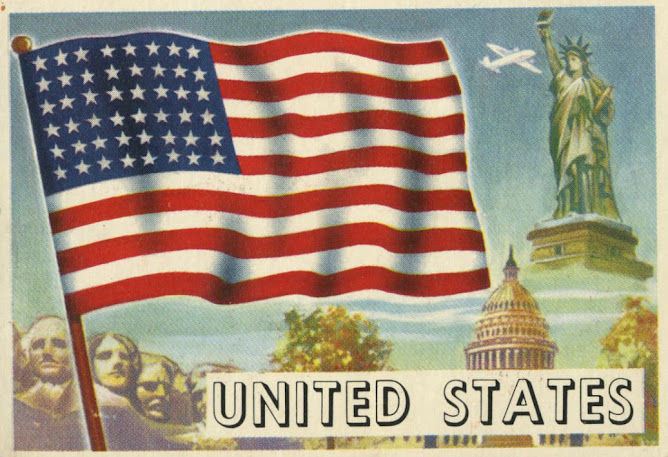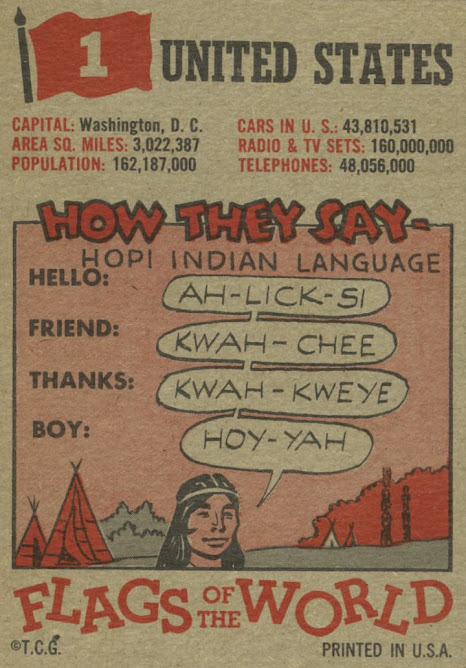The
year 1939 was one for the memory books. On the silver screen, Dorothy donned
her ruby slippers and realized there’s no place like home, while Rhett informed
Scarlett that he just didn’t give a damn. Politically, the year marked the end
of the Spanish Civil War and the start of World War II in Europe.
A new
technology called “television” was demonstrated for the first time at the
World’s Fair in New York City. And at another fair on the opposite side of the
country, Levi Strauss & Co. created an exhibition that thrilled visitors
from across the globe. This year, the city celebrates the 75th anniversary
of its famous fair, and the memories that it made.
Two
Bridges, One Celebration
Although the worst years of the Great Depression in the United States took place in the 1930s, the decade also marked some of the country’s most significant public works projects. Two of them spanned San Francisco Bay: the San Francisco-Oakland Bay Bridge (1936) and its more famous cousin, the Golden Gate Bridge (1937). People could now reach the city not just on the ferryboats that traveled the bay, but in cars, which were becoming more important and more common.
Although the worst years of the Great Depression in the United States took place in the 1930s, the decade also marked some of the country’s most significant public works projects. Two of them spanned San Francisco Bay: the San Francisco-Oakland Bay Bridge (1936) and its more famous cousin, the Golden Gate Bridge (1937). People could now reach the city not just on the ferryboats that traveled the bay, but in cars, which were becoming more important and more common.
To
celebrate its new twin spans, San Francisco launched the Golden Gate
International Exposition (GGIE). This mirror image of the World’s Fair rivaled
New York’s version of the event, and opened in February of 1939, a full two
months before its east coast counterpart. Even the land on which the GGIE was
constructed was new: “Treasure Island” was built specifically for the
Exposition, near one of the anchorage points for the Bay Bridge.
The
Expo’s theme was “Pageant of the Pacific,” celebrating San Francisco’s
importance to trade and culture throughout the Pacific Rim. It featured
buildings devoted to new technologies, agriculture, and the arts. But it also
had a fun side, which is where Levi Strauss & Co. decided to make its mark
for fair visitors.
The
Talk of Treasure Island
LS&Co. created a “Mechanical Rodeo” for the Exposition, described in fair literature as follows: “It moves. It talks. Its figures are all hand-carved likenesses of famous rodeo people. And they’re all dressed in authentic Western togs.”
LS&Co. created a “Mechanical Rodeo” for the Exposition, described in fair literature as follows: “It moves. It talks. Its figures are all hand-carved likenesses of famous rodeo people. And they’re all dressed in authentic Western togs.”
Wooden
puppets were dressed in miniature Levi’s® jeans, satin rodeo shirts and cowboy
hats. They sat on a fence and watched the antics of a horse and mule on a
revolving stage decorated, naturally, with a display of the famous 501® jeans. Behind the
stage, a record player boomed out classic cowboy songs. It was a total hit and
LS&Co. created a color postcard as a souvenir of the Electric Rodeo for
visitors.
Unfortunately,
the effects of the Depression prevented GGIE from being much of a financial
success — it was only open from February to October 1939. It re-opened,
however, in May of 1940 and ran until September, giving more visitors the
chance to see the Levi’s Mechanical Rodeo in action.
When
the fair finally closed, the company renovated a large truck and installed the
display, renaming it the “Puppet Rodeo.” It toured county fairs and towns with
large Levi’s retailers. During World War II, it also toured towns raising money
for the war effort.
Article above taken from http://levistrauss.com/.
Article above taken from http://levistrauss.com/.












.jpg)





































